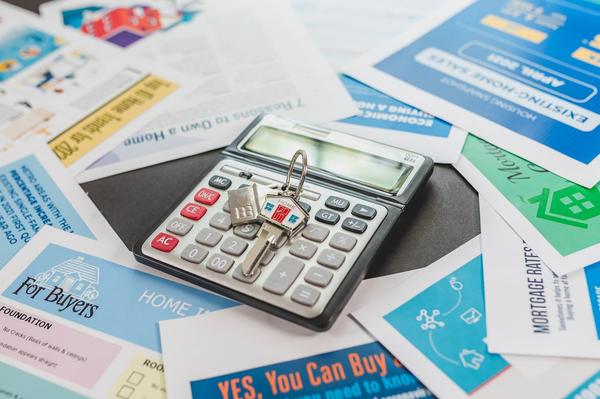Renting While Selling: Smart Tips for Managing Tenants During a Listing
Selling a home is never simple—but selling a tenant-occupied property adds an extra layer of complexity. Whether you’re an investor looking to offload a rental or a homeowner-turned-landlord, managing tenants during a listing requires careful planning, communication, and legal know-how.
Here’s what you need to know to make the process smooth, respectful, and profitable.
Here’s what you need to know to make the process smooth, respectful, and profitable.
1. Know the Laws Before You List
Before you put the property on the market, get familiar with local landlord-tenant laws. In many areas, tenants have the right to remain in the home for the duration of their lease—even after a sale. You’ll also need to provide proper notice before showings and respect any “quiet enjoyment” provisions in the lease.
2. Communicate Early and Clearly
Your tenants may feel anxious or caught off guard when they learn you’re selling. Be transparent and respectful. Let them know your plans, what they can expect during the process, and how you’ll work to minimize disruption. The more cooperative the relationship, the smoother the sale.
3. Consider Offering Incentives
Motivated tenants make for easier showings. Consider offering rent discounts, gift cards, or flexible terms to encourage their cooperation with staging, keeping the property clean, and allowing access for showings. These small incentives can go a long way toward a faster, higher-value sale.
4. Time the Listing Strategically
If possible, list the property when the lease is near expiration. This gives you more options—like selling it vacant or to an owner-occupant buyer. Otherwise, marketing the property as a tenant-occupied investment may be your best route, especially if the tenant has a strong payment history.
5. Market to the Right Buyer Pool
Selling to an investor who wants a rental property with existing tenants can make your life easier. Highlight the benefits of a “turnkey” investment: rental income from day one, a good tenant in place, and no need to fill a vacancy.
6. Prepare for Showings Respectfully
Work with your tenants to establish showing schedules in advance. Give ample notice, avoid showings at inconvenient times, and keep communication open. Respect their space—it’s still their home during the sale process.
7. Be Honest in Your Listing Description
If the property is tenant-occupied, don’t hide it—leverage it. Make it clear who the ideal buyer is (especially if it’s an investor), and include relevant details like monthly rent, lease terms, and tenant payment history.
Final Thoughts: Selling a Rental Is All About Balance
With the right approach, you can sell a tenant-occupied property without frustration or legal missteps. Whether you plan to sell to an investor or owner-occupant, clear communication and good planning are key. By respecting your tenants and understanding your responsibilities, you’ll position the property—and yourself—for a smooth and successful sale.
Need help selling a rental property while it’s occupied? Our team can guide you every step of the way.
Need help selling a rental property while it’s occupied? Our team can guide you every step of the way.
Categories
Recent Posts

When to Stage and When to Save: ROI-Based Home Presentation Tips

Prepping for Multiple Offers: How to Position Your Home for a Bidding War

Modern Buyers, Modern Expectations: Features That Seal the Deal in 2025

The "Back Pocket Offer": How to Attract Serious Buyers Before You Even List

Downsizing with Dollars in Mind: How to Sell Big and Buy Smart in One Move

Your Home’s Digital First Impression: Listing Copy & Photo Strategies That Sell

The Tenant Factor: How Occupied Properties Can Still Sell for Top Dollar

When Zillow Isn’t Enough: Why Professional Pricing Still Wins in 2025

The Smarter Seller’s Checklist: What to Do 30, 60, and 90 Days Before You List

Timing the Market: Should You Sell in a Shifting Economy or Wait It Out?
GET MORE INFORMATION

